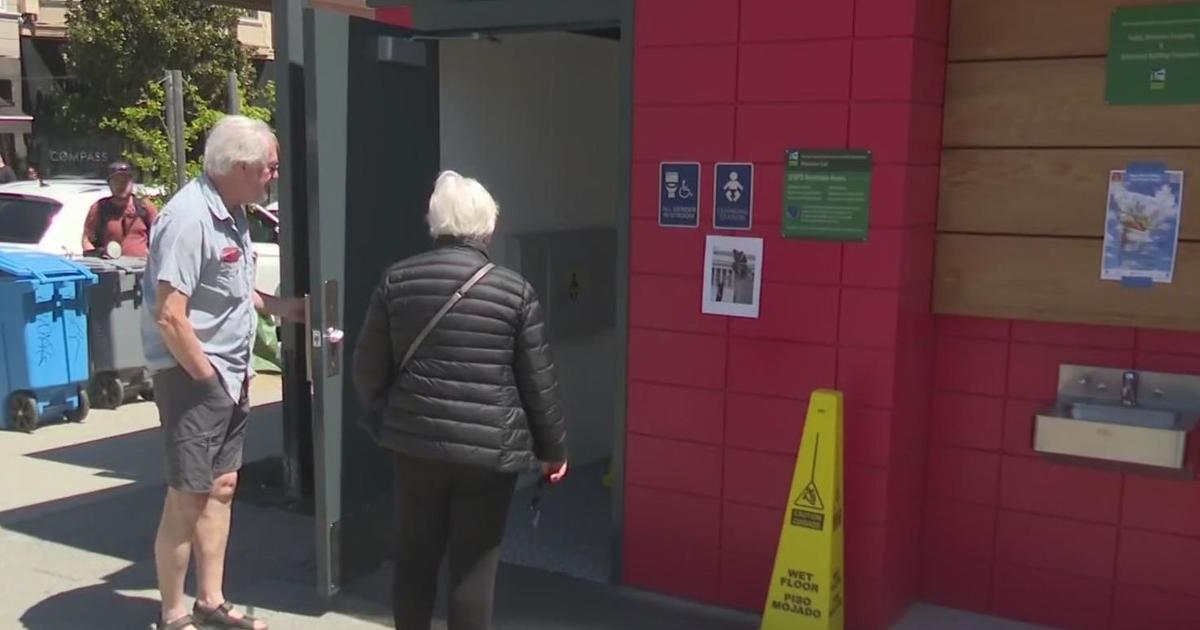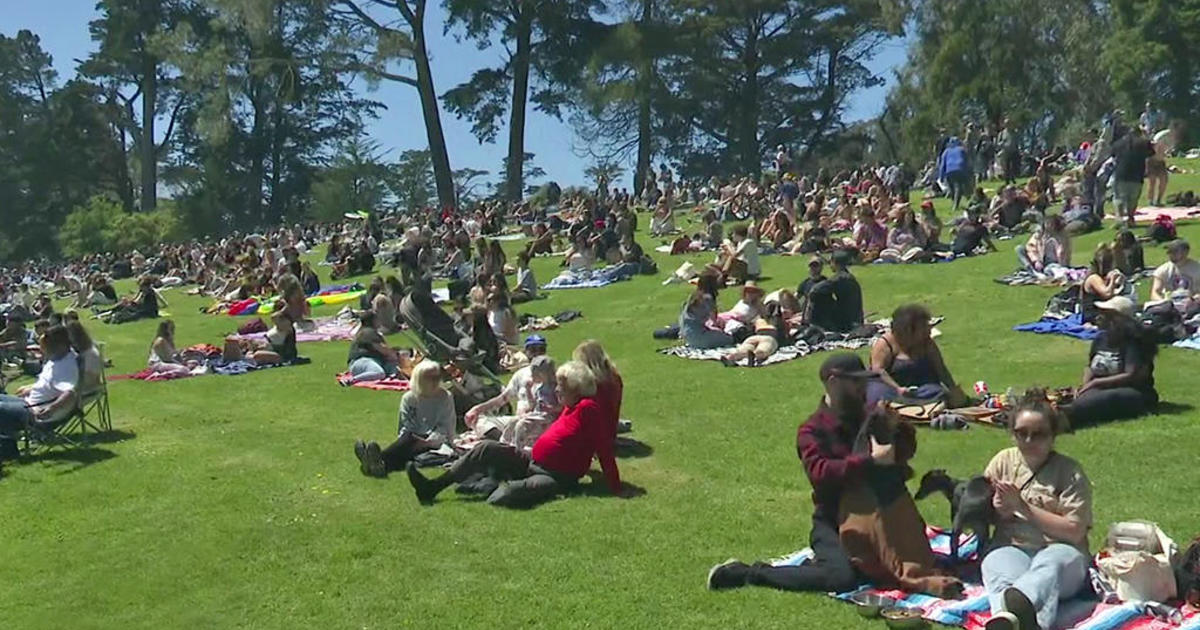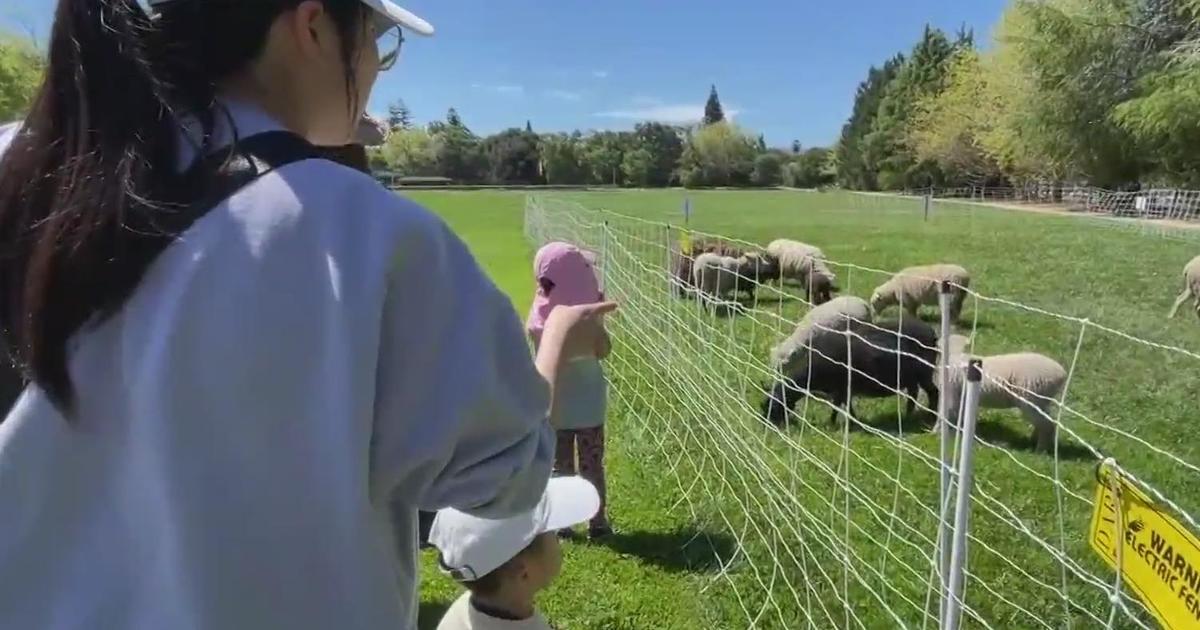Nuclear Bomb Shelter Business Is Booming
SAN FRANCISCO (KPIX 5) -- With North Korea threatening a nuclear strike all the way to the United States, a homegrown industry is exploding as people scramble to protect themselves.
We took a rare look inside a modern-day bomb shelter.
Outside the small, scenic railroad town of Gallup, where Historic Route 66 winds through western New Mexico, Roberta Griffin and her husband Fernando Munoz took us into their doomsday hideaway.
It is a bomb shelter, to protect them in the event of a nuclear attack.
We go 18 steps down a steep ladder, 21 feet underground. Griffin bought the $80,000 galvanized steel bunker when they moved from Southern California this year.
"All the situations going on in the world. I just had this panic feeling," she explained.
The couple could live with two other relatives for weeks or months in the 26-foot long shelter. It is outfitted with an air-filtration system that's powered by an inverter or hand-crank.
They also stored two years' worth of freeze-dried food under the floor.
"I feel at peace now. Now that I have it down here, I feel safe," said Griffin. She's not the only one protecting her family.
Ron Hubbard owns Atlas Survival Shelters. He makes and sells bomb shelters in Montebello in Los Angeles County, and says sales are skyrocketing.
"It seems like a modern-day Gold Rush right now," he said. "Six years ago, doing 10 or 11 shelters a year, to doing close to 1,000 this year is a dramatic increase."
His waiting list is three months, and he's had to open a new warehouse in Texas.
A third of his customers come from North Korea's neighbor, Japan. But many new orders are from California.
"We thought we were out of range of North Korea's missiles. Now we know we're not," he explained.
Hubbard says twenty percent of his California customers are in the Bay Area. Many prefer to keep it a secret.
But the model of choice is a $20,000 shelter designed to protect 5 to 6 people.
To dig the hole, it costs thousands of dollars more, and you'd need a permit
Today's shelters are a step above those of the Cold War era under President John F. Kennedy.
Hubbard's $10,000 FallNado model is like a bank vault, installed inside a garage or home. It's wheelchair-accessible with space for bunk beds, a toilet, food and air filtration.
At the other end of the spectrum: comfort and convenience.
Hubbard's $110,000 solar- or generator-powered bunker is like a two-bedroom apartment. The 51-foot long shelter includes a master bedroom, bunk beds, kitchen, bathroom with toilet shower, and a living room with a leather couch and entertainment center that accommodates a 42-inch TV.
A San Diego family bought one of these bunkers to shelter for a year if needed.
Griffin's shelter is about half the size, but she has made her hideout homey, adding running water, wifi, and even a breadmaker.
It's become a retreat for the retired aircraft mechanic.
"This is my girl cave," she smiled. But in a nuclear strike her bunker may become a target for many who have no such protection.
"The only people I have to worry about are my neighbors," she said.
So what would she do?
"Well, if they try to come, I'm going to have to do what it takes," she said.
A price she's willing to pay for her home safe home.



